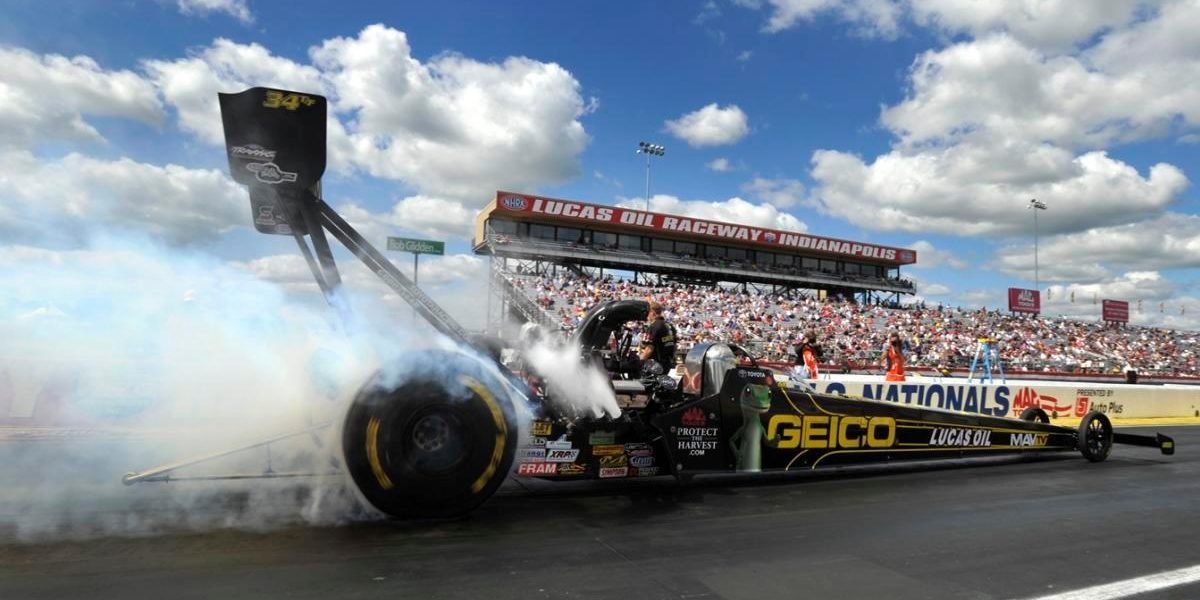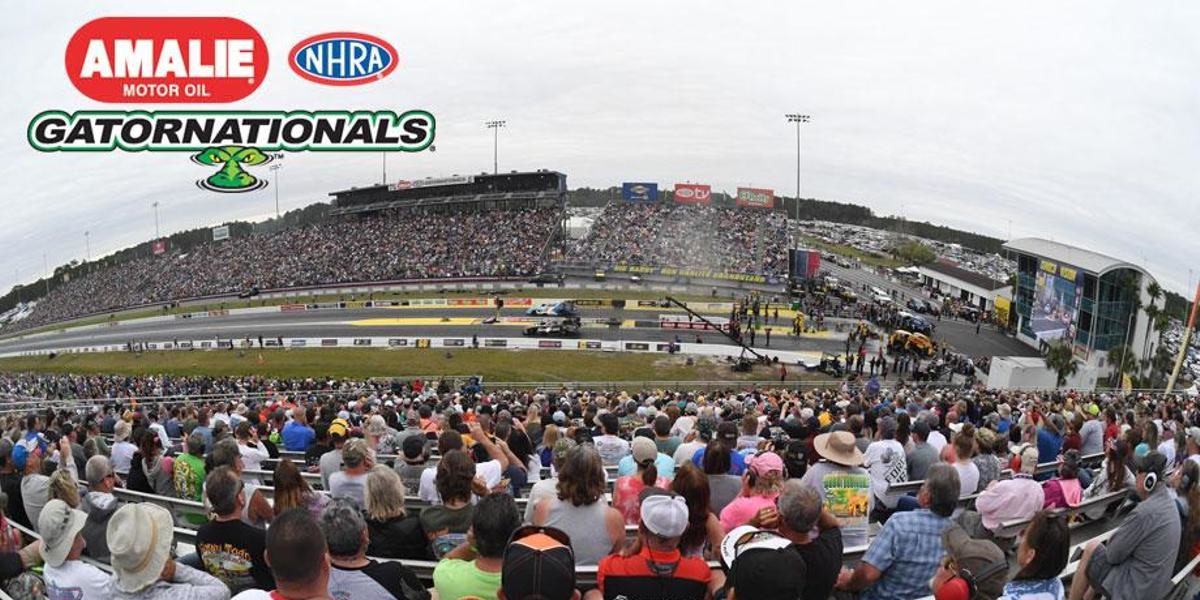Tv Networks Valued Their News Operations. Why They Did Is Open To Debate, But Former Newsman Ted Koppel Argues:
The FCC began licensing experimental television stations as early as 1937, but sponsorship of programs by advertisers was forbidden during this testing phase. Almost immediately after World War II war ended, the FCC was hit with 158 new applications, many of them from newspaper and radio companies trying to head off anticipated competition. By 1948 there were 34 stations operating in 21 different cities, broadcasting to over one million television sets.
Newspaper companies owned over 33 percent of those stations, and by 1952 that figure had climbed to 45 percent.
The New York Daily News applied for an ownership license in 1946, despite New York’s already having three stations. Its managers had hit on an idea for differentiation: feature local news instead of the 15-minute national and international news broadcasts shown by the network stations. “Our plan was for a people’s newscast,” explained Leavitt Pope, an executive of Channel 11. It aired in the form of Telepix Newsreel, two local nightly newscasts filling a 10-minute slot at...









